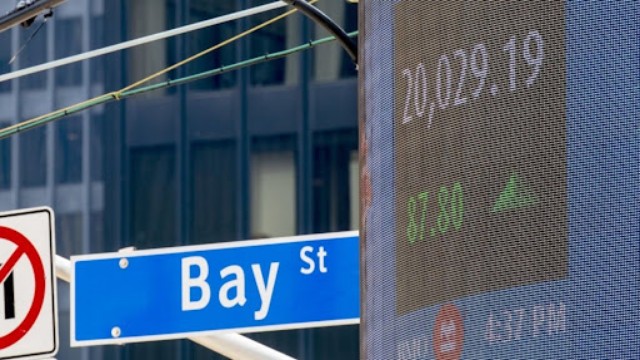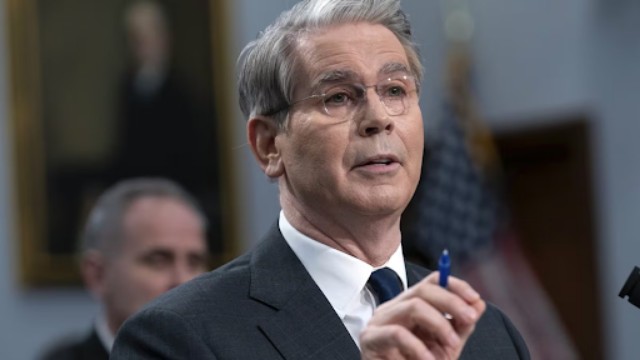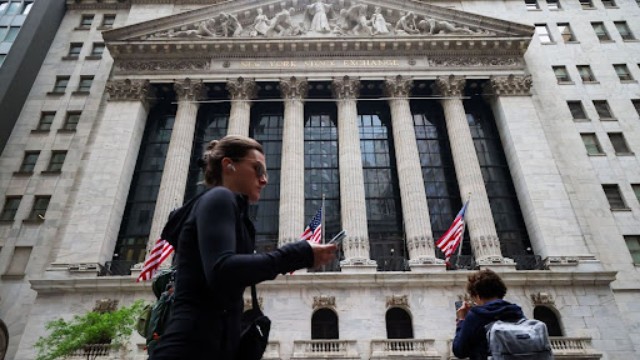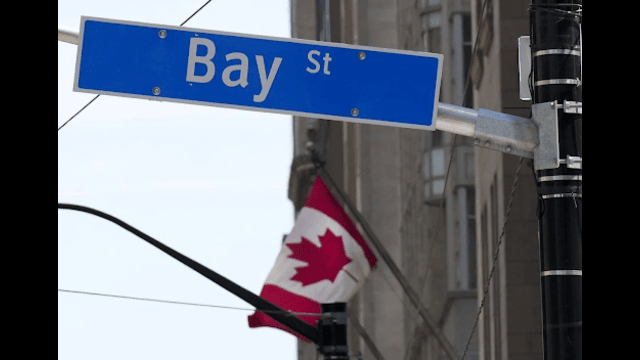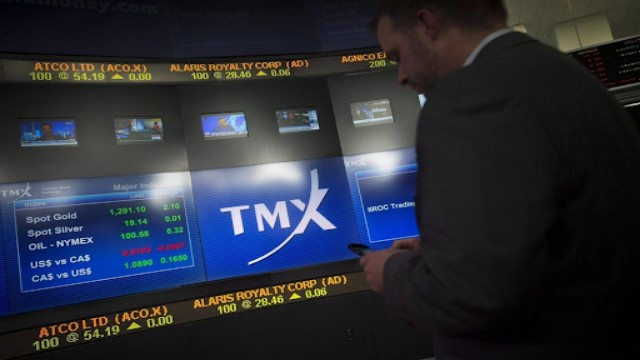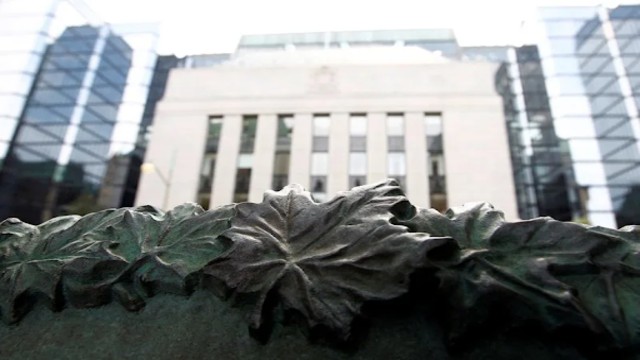
A sign surrounded by maple leaves is seen outside the Bank of Canada building in Ottawa. (Photo by Reuters)
The Bank of Canada (BoC) is set to conclude its quantitative tightening (QT) program in the coming months, Deputy Governor Toni Gravelle announced during a speech in Toronto. This makes the BoC one of the world’s first central banks to halt the unwinding of pandemic-era asset purchases. The bank had initially aimed to end the program by 2025 but has now advanced its timeline.
Since April 2022, the BoC has been scaling back its balance sheet, primarily by reducing settlement balances—its financial liabilities. Gravelle revealed that by mid-year, these balances would likely reach the desired range of CAD 50–70 billion, a significant drop from the current CAD 130 billion. Once this milestone is achieved, the BoC will resume its routine asset purchase program.
Gravelle emphasized that the upcoming asset purchases would differ from the quantitative easing (QE) used during the pandemic. The pre-pandemic asset purchase approach, which will return, focused on maintaining financial stability rather than stimulating the economy.
The bank’s future portfolio will include a more diverse mix of assets, such as government bonds, treasury bills, and term repos. Gravelle explained that this composition aims to balance floating-rate liabilities like settlement balances. Over time, the BoC hopes its government bond holdings will align with the currency in circulation, though this goal may not be fully realized until 2030.
The resumption of Government of Canada bond purchases will be gradual, starting in late 2026 at the earliest, Gravelle noted. Until then, the BoC will work toward establishing a prudent level of settlement balances, ensuring the financial system is well-equipped to respond to potential economic challenges.
Gravelle’s remarks reflect the bank's cautious approach to transitioning back to regular monetary operations while maintaining resilience in the face of future economic uncertainties.





